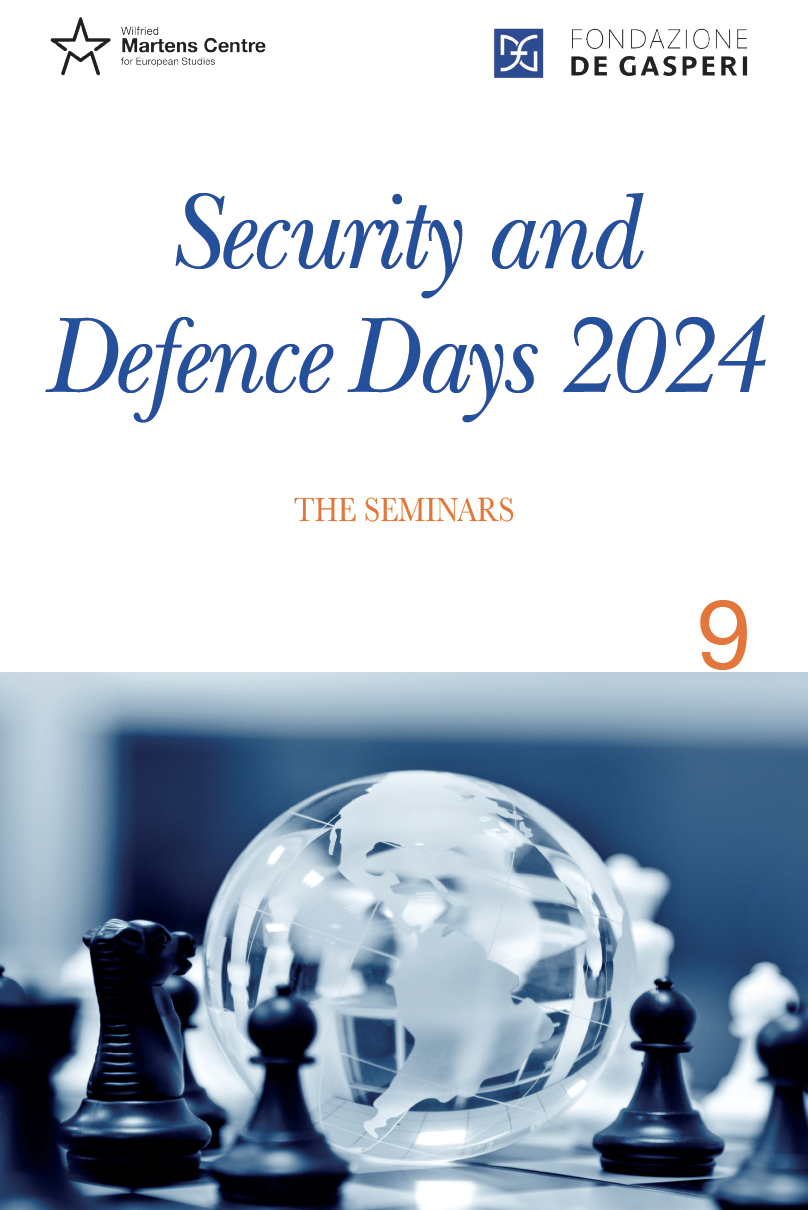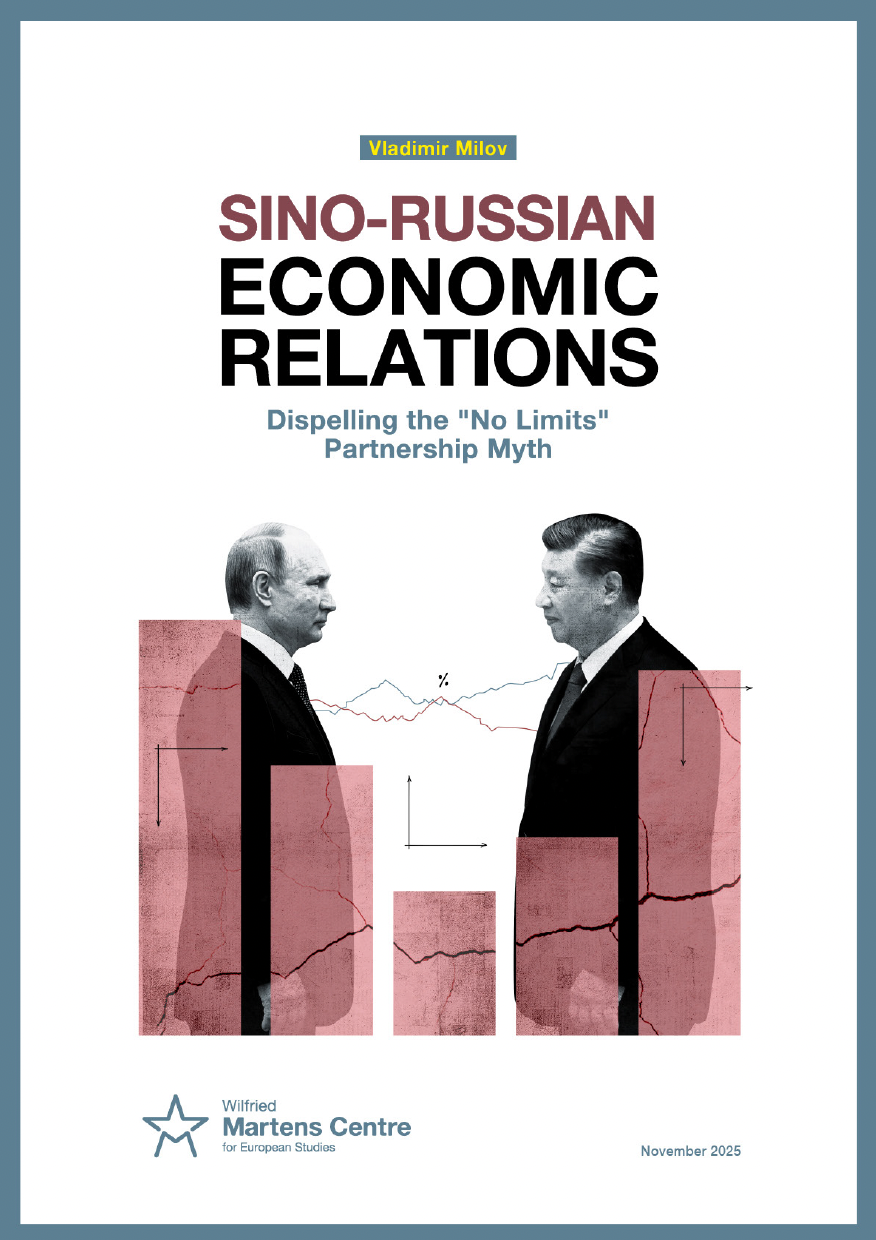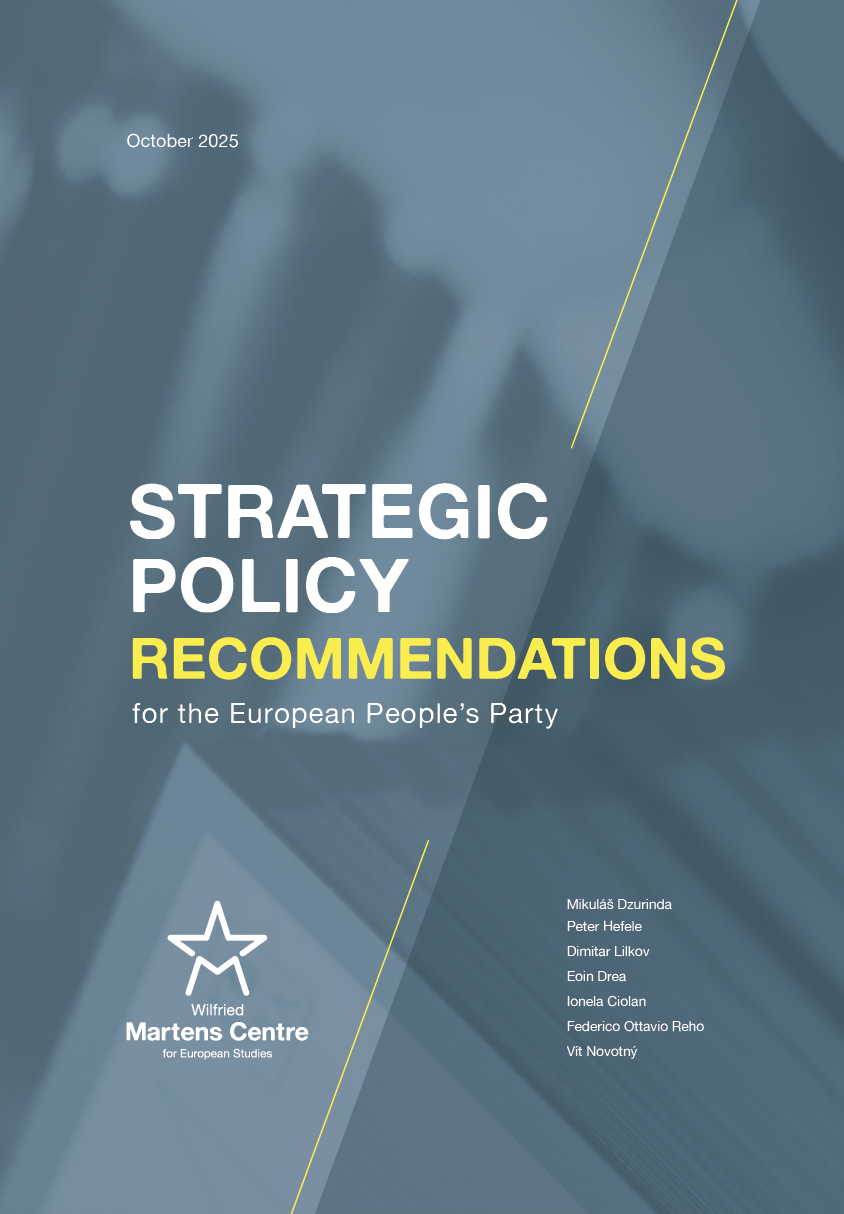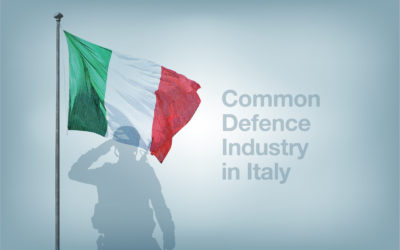Donbass, remember?
05 July 2018
While Ukrainian politicians one year ahead of both presidential and parliamentary elections are thinking about their campaign messages and the West has its eyes on the formation of the Anticorruption court in Kyiv, there’s one item missing from the European headlines. More specifically, the ongoing conflict in Eastern Ukraine.
Some months before the extension of the OSCE’s mandate in the separatist-controlled territories until March 2019, the question of a United Nations peacekeeping mission to Donbass has again been put on the table.
“Even though they don’t have any control over the fighters, the OSCE are a very important presence on the ground” – stated Mykhailo Pashkov, Deputy Director of the Razumkov Centre – “however the international community should address the question of expansion and overall transformation of its mission to Donbass.”
Since the signature of the Minsk II Agreements in February 2015, little to nothing has changed in Eastern Ukraine. None of the points of the 13-point plan negotiated by the Normandy Format in the Belarusian capital have been implemented, with Ukraine and Russia continuously playing the blame game as to who should take the first step.
The truth is, local elections in the separatist controlled area cannot be held without a ceasefire and withdrawal of heavy weaponry, and even though the West has tied the lifting of economic sanctions on Russia (which have just been renewed for another six months at the recent EU Summit on June 28 and 29) to the implementation of Minsk II, Putin has done nothing to pressure the separatists, (clearly under his control) to respect point 1 of the Agreement. Would deploying a contingent of UN Blue Helmets possibly be a step in the right direction to untie this deadlock?
Since the signature of the Minsk II Agreements in February 2015, little to nothing has changed in Eastern Ukraine.
According to Minsk II, Ukraine’s homework consists in implementing political aspects of the agreement, meaning granting a special status for the People’s Republic of Donetsk and Luhansk (DPR and LPR) and amending the Constitution of Ukraine, followed immediately by local elections on separatist-controlled territories. But President Poroshenko insists that a political solution to the conflict can only be achieved with a complete ceasefire, withdrawal of troops and weaponry and a stabilization process of Donbass.
Unfortunately for almost every party involved, the so-called “frozen conflict” is getting hotter. The last week of May was the most violent of 2018, with more than 20 deaths, both military and civilian casualties, and over 7000 ceasefire violations, according to Alexander Hug, Principal Deputy Chief Monitor of the OSCE Special Monitoring Mission to Ukraine.
The rise of violence occurred at the time of transition of the command of the war from the “anti-terror operation” (ATO) run by the security forces of Ukraine, SBU, to the country’s armed forces, in accordance with the Donbass Reintegration Law adopted in January this year.The law also designates a role for the military in the peace process, especially with regards the protection of civilians and the creation of conditions for the return of 1.7 million internally displaced people to the occupied territories. However, Ukraine cannot do it alone.
Since 2015, the conflict has created a contact line of 457 km, affected 4.4 million people, injured almost 25.000 and killed above 10.303 civilians and soldiers– numbers that call for international attention and engagement.
A peacekeeping mission to Ukraine would ideally undertake tasks like demilitarisation, mine clearance and return of refugees, complementing the work of the OSCE observers. There are only a few obstacles on the way.
After a meeting of foreign ministers of the Normandy Format last month to discuss the implementation of a ceasefire following the hot month of May in Donbass, Russia and Ukraine agreed in principle on a UN peacekeeping missions, but their ideas about how to implement it seem very much apart.
In order to function, the Blue Helmets need a strong presence and mandate, as suggested by a report commissioned by former NATO Secretary-General Anders Fogh Rasmussen, but their nationality is the first disagreement regarding this operation. Kyiv is against Russian and Belarussian contingents, while the Kremlin opposes NATO countries claiming also that more powerful states are less impartial.
Secondly, Moscow, trying once more to play the card of the “non-involved-party”, insists that all arrangements should be made with the separatists, which would de-facto mean their recognition, a condition which is absolutely unacceptable for the Ukrainian government.
And thirdly, there are disagreements regarding the physical location of the peacekeepers. President Putin wants the mission to be deployed only on the contact line between the territories controlled by Ukraine and DPR and LPR, whereas President Poroshenko insists on the coverage also of the parts of the Russian-Ukrainian border which are now under separatists control.
In any case, Blue Helmets or not, the most important thing is that this war cannot continue being ignored. World leaders have to be constantly reminded, that the conflict in Eastern Ukraine is a result of Russian aggression and violation of territorial integrity, especially in the light of recent softening positions towards the Kremlin of the Italian Prime Minister and US President, who both suggested the reintegration of Russia into the G8, from which the country was expelled following the illegal annexation of Crimea in 2014.
The West should keep the Ukrainian conflict high on the agenda by raising the issue with the Kremlin on every occasion, by discussing it in national parliaments and the media and by presenting a unified, rather than a splintered, sceptical approach towards the imposition of sanctions on Russia.
The People of Donbass – those who remained, as well as those who fled – do not expect much, they expect the bare minimum; the end of hostilities. According to Aleksij Mazuka, from Kalmius Group, 60% of the total Ukrainian population support the idea of a UN peacekeeping mission to the Eastern part of the country and wish for a full re-integration of People’s Republic of Donetsk and Luhansk.
Maybe, after the 21 peacekeeping missions that Ukraine contributed to worldwide since its independence, it is time for the international community to show to the 4, 4 million people of Donbass that they have not been forgotten.
ENJOYING THIS CONTENT?




















